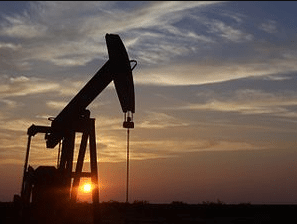
The present recovery in world trade has been in the context of low or very low oil prices. Up until very recently, low rates across the transport economy have been the product of a combination of over-capacity and low fuel costs, even in the face of growing demand.
It might be dangerous to assume that this will continue.
Numbers from the oil market consultancy Rystad Energy illustrate that new sources of oil are not keeping up with long-term demand. ‘Discovered resources’ of new oil represent 14% of total consumption in 2016, down from 15% in 2015. Consumption has outpaced new discoveries since 2010.
The problem is that with an oil price of around US$60 per barrel or less, oil companies cannot make enough money to justify exploring or developing new fields in difficult locations. There is no shortage of oil, rather there is a shortage of investment in new production.
This might be acceptable if there were sufficient reserves of oil to sustain production in the medium-term. However, assumptions about underlying demand may prove to be too pessimistic. Rystad cite the projections of the oil institutions such as the IEA and OPEC suggesting that the high-demand scenario assumes annual demand increases of 1% per annum until 2025. Yet demand is already above this level and with global trade growing at around 4% that growth in demand may push higher still.
There is nothing new in this. The world has often seen ‘price-spikes’ as supply struggles to keep-up with demand. Indeed, the logistics sector’s energy dependence has fallen, so in some respects, this is less of a threat.
However, the problem is that the perceived shift by the automotive sector away from the internal combustion engine is creating a fundamental re-assessment by the oil sector of the long-term viability of major projects. If long-term demand will be less the market will need lower reserves.
Yet the timing of such a fall in demand is highly uncertain and uncertainty creates volatility. It could be that that continued growing demand for diesel and gasoline may stretch-out for another decade or more. If this is the case there may be a supply crunch with the inevitable implications for price. What could make such a scenario different this time is that the sector will have much less capacity to respond and to drill for more oil. Such is the extremity of the numbers fuel prices may see very high levels of volatility in the medium-term.
Author: Thomas Cullen